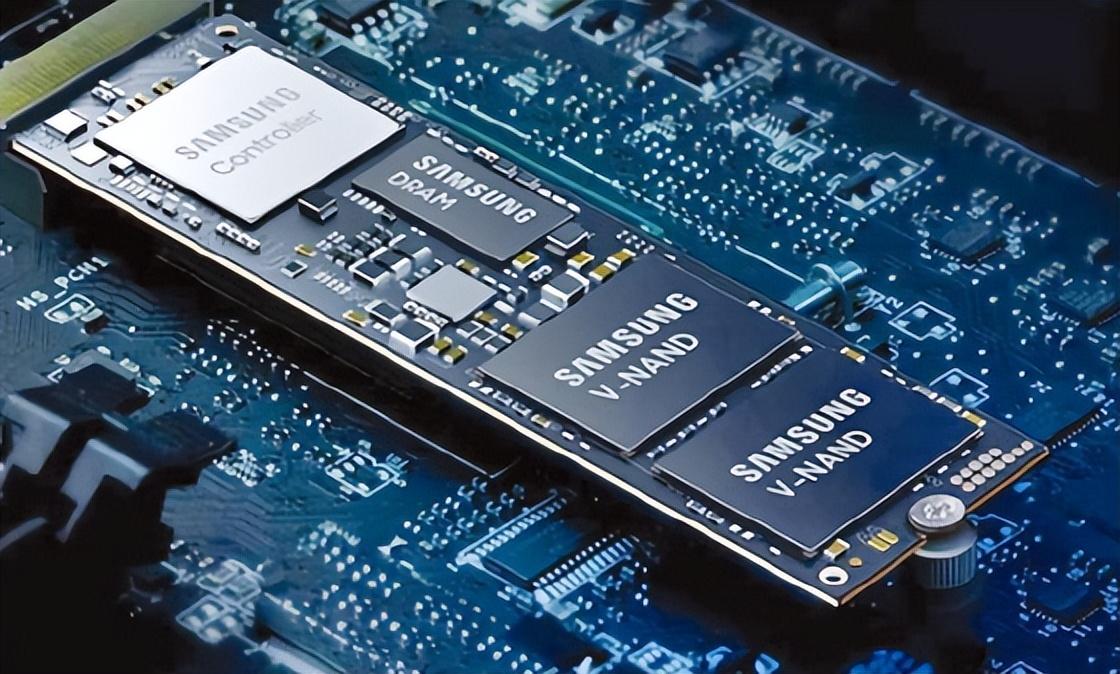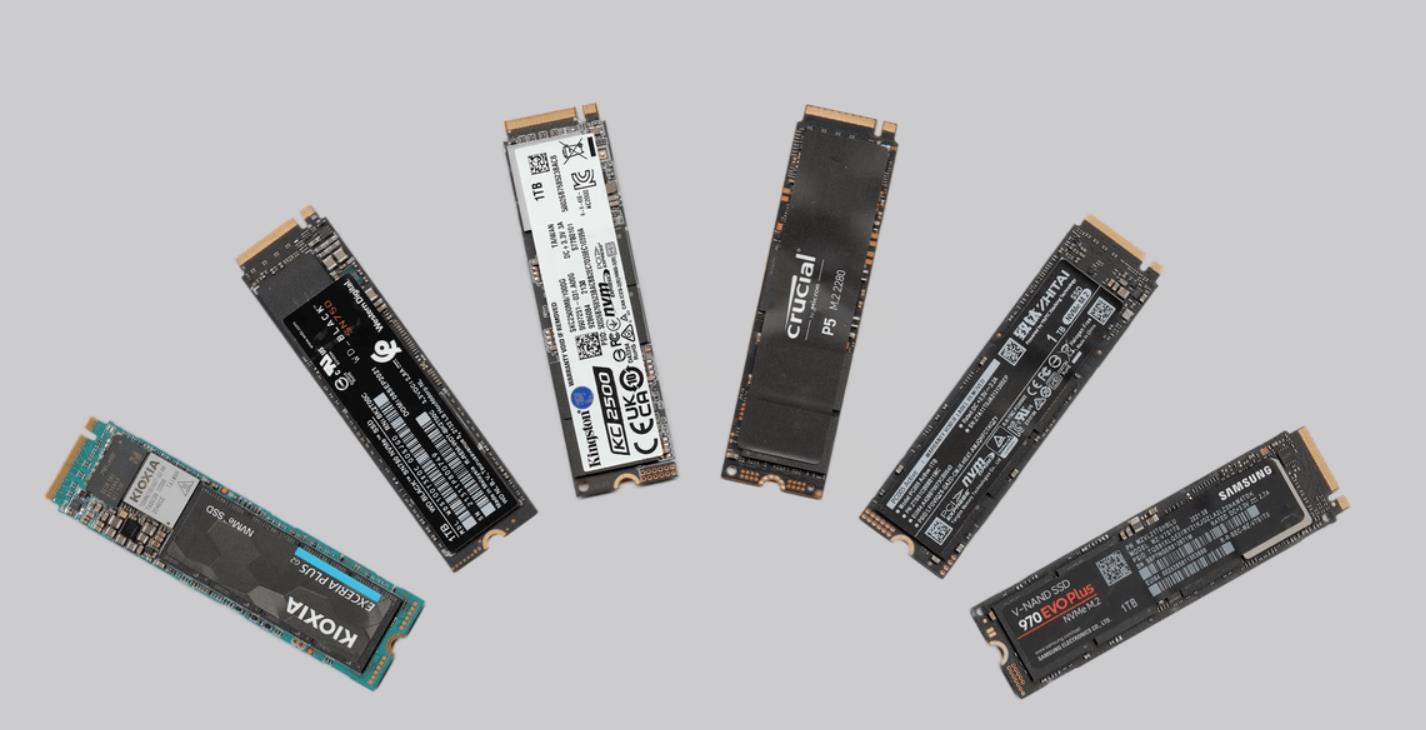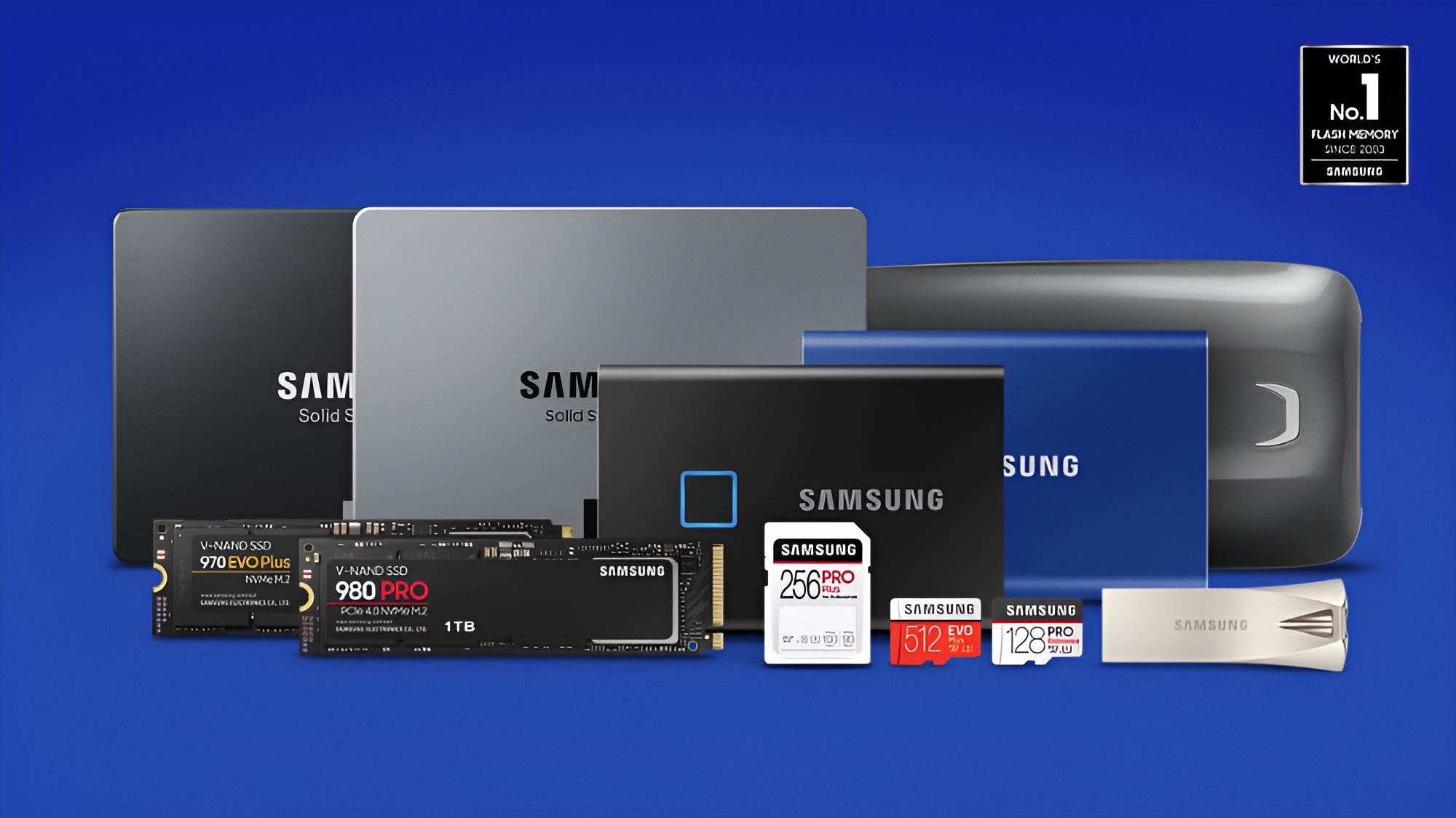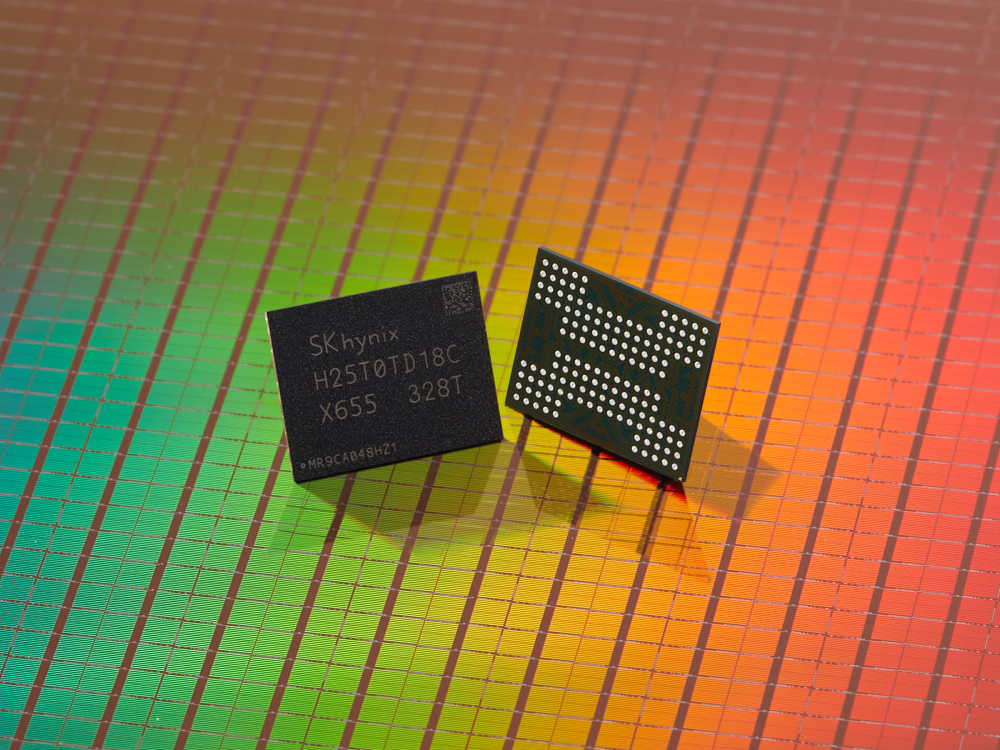Introduction: The Foundation of Modern Electronics
In the realm of modern electronics, NAND flash memory plays a pivotal role in shaping the devices we rely on daily. From smartphones and laptops to digital cameras and USB drives, NAND technology underpins the storage capabilities that power our digital lives. In this exploration, we delve into the intricate workings of NAND, shedding light on its significance, applications, and evolving role in technology.

The Origins of NAND: From Concept to Reality
NAND, short for NOT AND, represents a type of non-volatile memory that stores data in a series of memory cells. Its development can be traced back to the early days of semiconductor research, where engineers sought to create a reliable and cost-effective alternative to traditional storage mediums such as magnetic tape and floppy disks. In the late 1970s and early 1980s, advancements in semiconductor fabrication techniques paved the way for the commercialization of NAND flash memory, revolutionizing the landscape of digital storage.
How NAND Works: The Inner Workings Unveiled
At its core, NAND flash memory operates based on a series of interconnected memory cells organized into a grid-like structure. Each cell consists of a floating-gate transistor, capable of storing electrical charge to represent binary data (0s and 1s). When programming data into NAND cells, electrons are trapped within the floating gate, altering the cell’s conductive properties and encoding information. Conversely, reading data involves measuring the electrical conductivity of each cell to determine its stored state, enabling rapid retrieval of stored information.

Applications of NAND: Powering Innovation Across Industries
The versatility and scalability of NAND flash memory have catalyzed its widespread adoption across diverse industries and applications. In consumer electronics, NAND fuels the storage capacities of smartphones, tablets, and portable media players, enabling users to capture, store, and access vast amounts of data on-the-go. In enterprise environments, NAND-based solid-state drives (SSDs) deliver high-performance storage solutions for servers, workstations, and data centers, accelerating data processing and enhancing system responsiveness. Moreover, NAND finds applications in automotive electronics, industrial automation, healthcare devices, and aerospace systems, driving innovation and efficiency across sectors.
Despite its widespread adoption and technological advancements, NAND flash memory faces inherent challenges and limitations that necessitate ongoing innovation and research. One key challenge lies in the finite lifespan of NAND cells, characterized by a limited number of program-erase cycles before degradation occurs. To mitigate this issue, engineers are exploring novel materials, architectures, and manufacturing processes to enhance NAND endurance, reliability, and performance. Additionally, the relentless pursuit of higher storage densities, lower power consumption, and faster data transfer rates continues to drive advancements in NAND technology, shaping the future of digital storage solutions.
The Future of NAND: Emerging Trends and Opportunities
Looking ahead, the future of NAND flash memory holds promise for further innovation, integration, and diversification across a myriad of applications. Emerging trends such as 3D NAND, quad-level cell (QLC) technology, and multi-level cell (MLC) stacking are poised to expand the capabilities and scalability of NAND storage, enabling higher capacities and lower costs per bit. Furthermore, advancements in error correction algorithms, wear-leveling techniques, and data management strategies are enhancing the reliability and longevity of NAND-based storage solutions, unlocking new opportunities for growth and expansion in the digital era.

Despite its remarkable capabilities, NAND flash memory is not without its challenges. One of the most pressing issues is the limited lifespan of NAND cells, which undergo wear and tear with each program-erase cycle. This phenomenon, known as “cell degradation,” can result in data corruption and loss over time. To address this challenge, engineers are devising innovative solutions such as wear-leveling algorithms and error correction codes to prolong NAND longevity and ensure data integrity. Additionally, advancements in manufacturing processes are enabling the production of NAND chips with higher endurance ratings, providing users with more reliable storage solutions.
Pushing Boundaries: The Evolution of NAND Technology
In the quest for higher performance and greater storage capacities, the NAND industry is witnessing a rapid evolution in technology. One notable advancement is the rise of 3D NAND, which stacks memory cells vertically to increase density and reduce production costs. By stacking multiple layers of cells, manufacturers can achieve higher storage capacities without significantly increasing the chip’s footprint, making 3D NAND an attractive option for a wide range of applications. Furthermore, innovations such as quad-level cell (QLC) technology enable each cell to store four bits of data, effectively doubling the storage capacity compared to traditional NAND architectures. These advancements are driving the next wave of innovation in digital storage, empowering users with more storage space and faster access times than ever before.

Embracing Opportunities: The Role of NAND in Emerging Technologies
As technology continues to advance, NAND flash memory is poised to play a central role in shaping the future of emerging technologies. In the realm of artificial intelligence and machine learning, NAND-based storage solutions provide the high-speed data access and processing power needed to train and deploy complex algorithms. In the Internet of Things (IoT) ecosystem, NAND enables edge devices to capture, store, and analyze sensor data in real-time, unlocking new insights and efficiencies across industries. Moreover, in the era of 5G connectivity and autonomous vehicles, NAND storage solutions support the massive data throughput and low latency requirements essential for seamless communication and operation. By embracing these opportunities, NAND technology is driving innovation and transformation across a spectrum of industries, paving the way for a more connected and intelligent future.

Conclusion: Decoding the Impact of NAND
In conclusion, NAND flash memory stands as a cornerstone of modern technology, empowering the storage capabilities that underpin our digital infrastructure. From its humble origins to its pervasive presence in consumer electronics, enterprise systems, and beyond, NAND continues to shape the way we capture, store, and access information in an ever-evolving digital landscape. By unraveling the mysteries of NAND and understanding its role in technology, we gain insights into the past, present, and future of digital storage, driving innovation and progress for generations to come.


